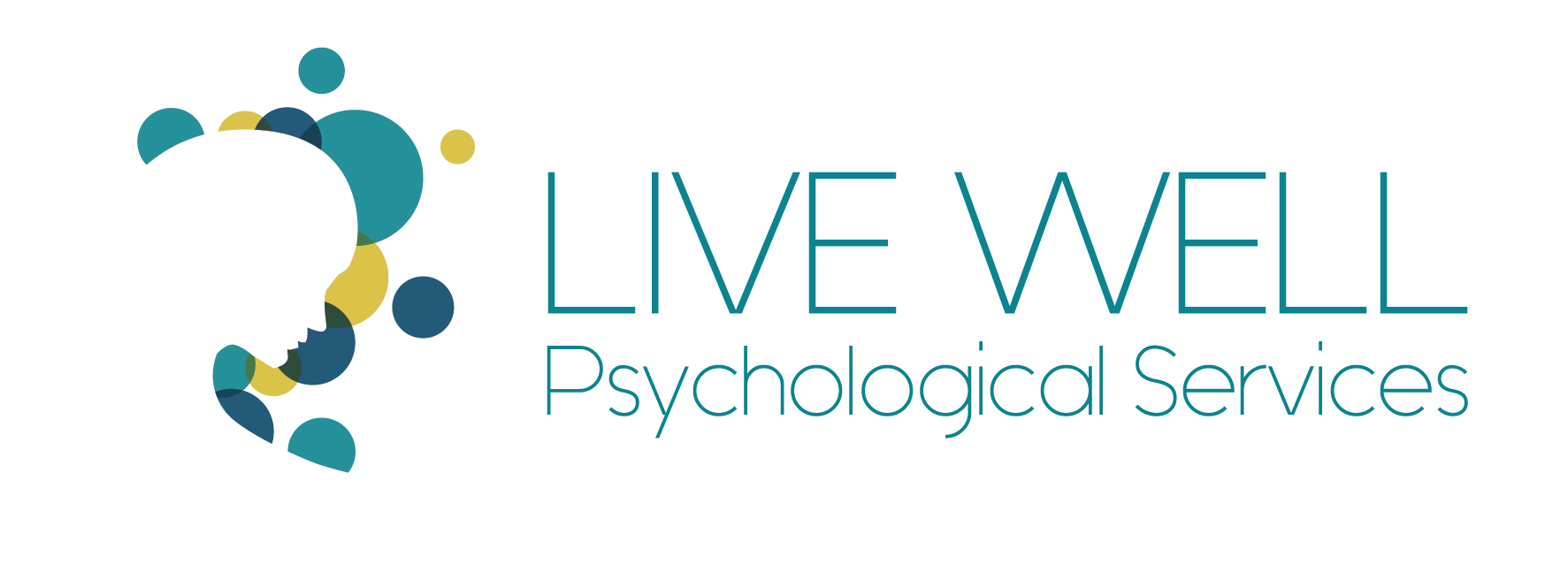|
Ok, so we covered how the brain forms and how it is related to PTSD in terms of our reactions, but lets now turn our attention to what exactly is happening in the brain structures during the symptoms of PTSD. Part of the picture of living with PTSD is re-experiencing the sensations and images of the trauma when you are not in a dangerous or traumatic situation. As you can imagine this is very difficult to manage, and it often leads to many disruptions in a person’s daily life.
To gain perspective on what occurs in the brains of people with PTSD researchers have performed brain scans while having a traumatized person listen to a recorded script of their traumatic experience. These brain scans show a large area of activation in the limbic region of the brain (aka the emotional brain). The intense emotions activate the lower right limbic area, and in particular, the amygdala. The amygdala’s job, as we learned in my last post, is to warn us of impending danger and to activate our stress response. Studies show that when traumatized people come in contact with images, sounds, or thoughts related to their trauma experience, their amygdala reacts with alarm even if the actual threat is no where near them in either space or time. Activation of the amygdala sets into motion a multitude of stress hormones and nerve impulses that drive up blood pressure, heart rate, and oxygen intake in preparation for fight or flight. We can see how this intense activation can be troubling and interfere with daily functioning if this is occurring in seemingly innocuous situations such as at work or your kid’s soccer game. Another finding from the brain scans of traumatized people was that there was an area in the left frontal lobe that showed a significant decrease in activation. This area of the frontal lobe is known as Broca’s area, which is one of the speech centers of the brain. When this area is cut off people have tremendous difficulty putting their thoughts and feelings into words. In traumatized people, the scans showed that their Broca’s areas went offline whenever a flashback was triggered. Even years after a trauma, people have tremendous difficulty articulating what exactly happened to them. Their bodies will re-experience the terror, rage, and helplessness along with the urge to fight or flee, but these feelings are nearly impossible to put into words. This is not to say that survivors cannot talk about the tragedy at all, eventually traumatized people come up with a story that explains their symptoms, but these stories often fail to represent the true inner experience of what they went through, or what their symptoms continue to be. When words cannot be found, images capture the experience and return to the person in the form of nightmares and flashbacks. In the brain scans, the region of the brain known as Brodmann’s area 19 was activated. Brodmann’s area 19 is located in the visual cortex and registers images when they first enter the brain. Normally, raw images registered in this area are rapidly sent to other brain areas for interpretation, and to make meaning of what has been seen. The activation of this area when participants listened to their trauma scripts once again indicates that the brain area was activated as if the participant was in the actual trauma scenario, even though the trauma could have occurred long ago. The scans also revealed that during flashbacks the participants brains only lit up on the right side, while the left side seemed deactivated. Do you recall the differences between the right and left side of the brain? Well, the left side of the brain is associated with rational, linguistic, logical thinking while the right is more intuitive and artistic. When the left side of the brain goes offline, it has the direct impact on one’s ability to organize experience into sequences, and to put one’s feelings and perceptions into words. As you might of guessed, Broca’s area is on the left side. When a traumatized person is reminded of their trauma, their right hemisphere brain lights up and reacts as if the traumatic event is happening in the present. The right side of the brain appears to be more connected to our emotions, and thus, gets taken over during reminders of the trauma. Getting familiar with what specific brain structures are impacted during activation of trauma symptoms helps us gain a better understanding of why individuals feel and experience what they do with PTSD. Education on how the brain reacts during PTSD can help individuals feel less confused and out of control, and in a sense normalize what they are going through. I have seen a true look of relief on my client’s faces when I can explain to them the reasons they are experiencing what they are experiencing. It helps set the stage for moving forward to calming self-love and self-acceptance. The suffering experienced with PTSD is profound. It is my hope that by sharing these tid bits of information, it may help someone who does not walk through my door to find some peace amongst the turmoil. With care and compassion… Until next time. - Dr. B References Heck, S. (2013). Healthing and Resilience After Trauma. Home Study. heiselandassoc.com. Levine, P. (2015). Peter Levine Ph.D. on Trauma: How the body releases trauma and restores goodness. Online Training. catalog.pesi.com Van Der Kolk, B. (2014). The Body Keeps the Score: Brain, mind, and body in the healing of trauma. New York, NY: Penguin Books.
0 Comments
Leave a Reply. |
Archives
May 2019
Categories |

 RSS Feed
RSS Feed